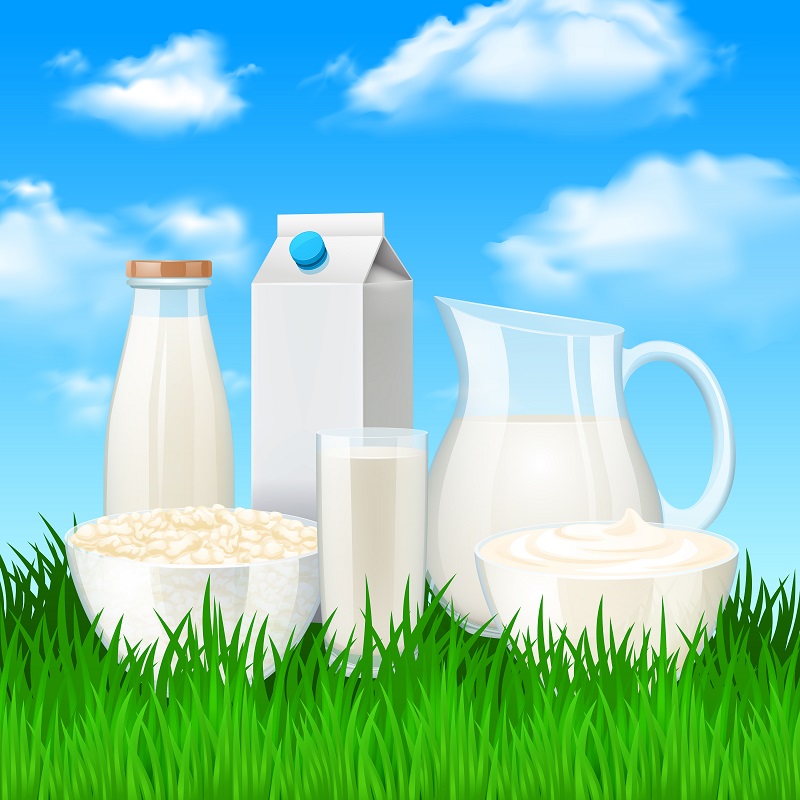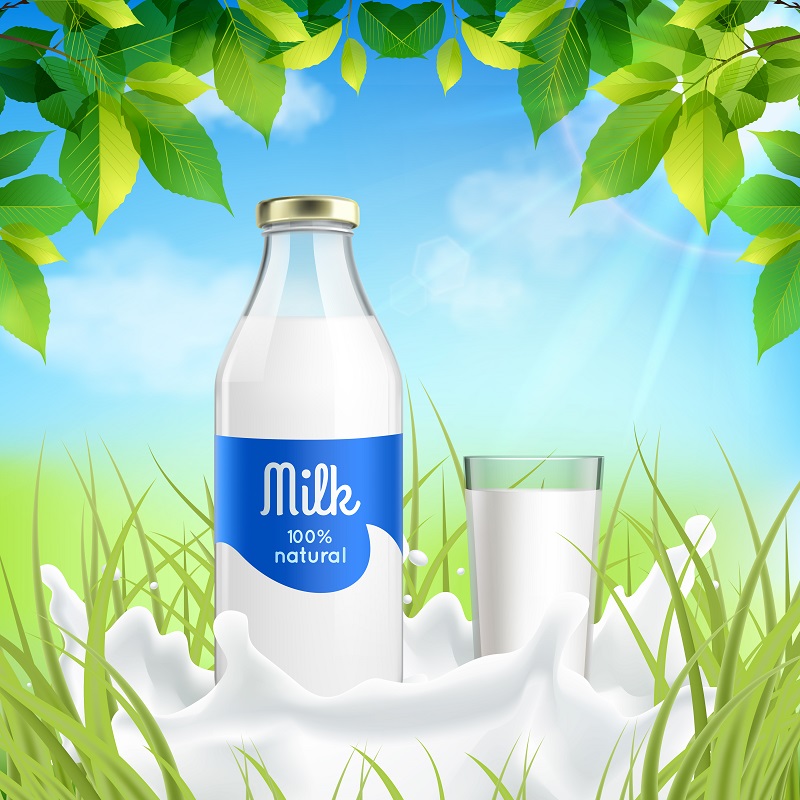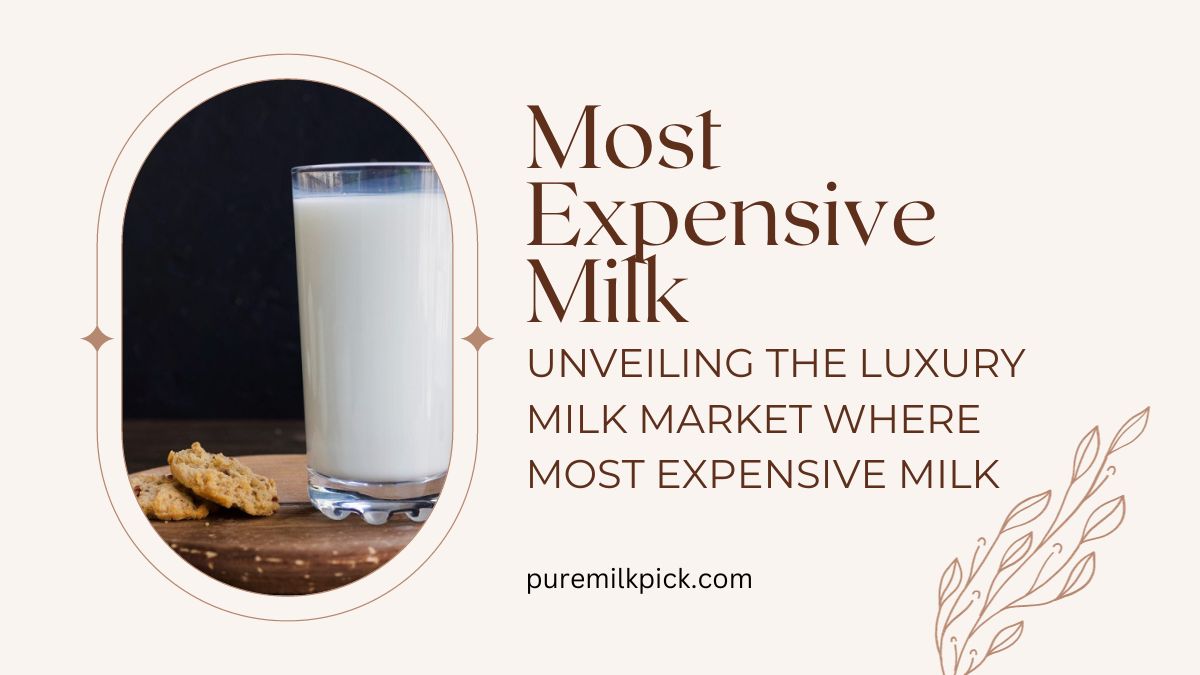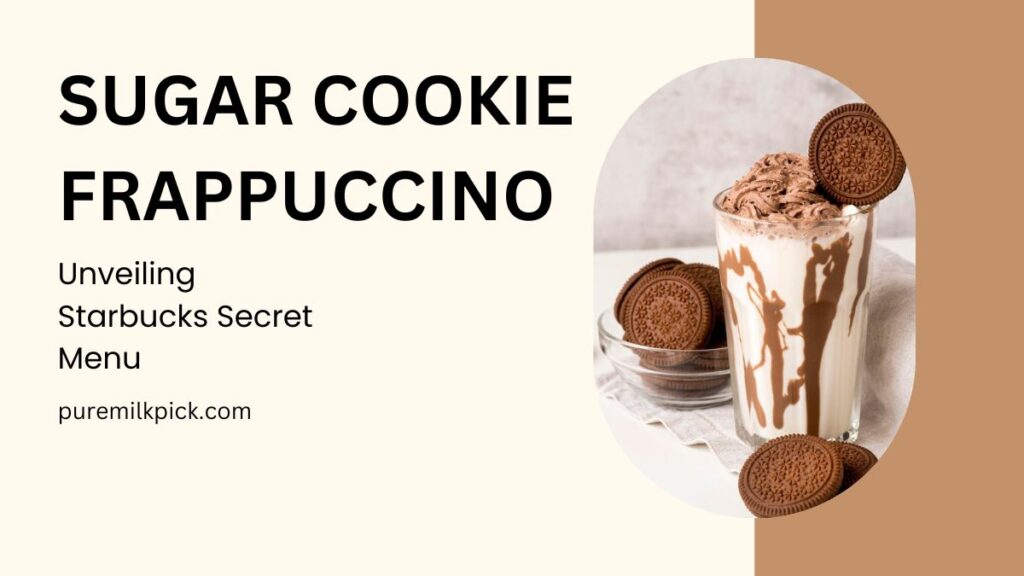As we navigate the fascinating realm of luxury dairy, we find ourselves amidst astoundingly priced and lavishly produced products. From cheeses aged in centuries-old caves to butter churned from the Most Expensive Milk of rare, heritage breeds, the world of luxury dairy is a wonder to behold.
Milk is an everyday staple in many households, consumed in its raw state or as a key ingredient in many dishes. Yet, humble milk is also a product of luxury, with prices varying significantly across the globe. This divergence in cost is influenced by factors such as brand, sourcing, processing techniques, and nutritional content. Some brands, for instance, offer milk from cows that are grass-fed on organic, biodynamic farms, increasing both the quality of the product and its price tag.
The world of luxury dairy is a testament to the lengths consumers are willing to go for enhanced quality, unique production methods, and the promise of superior taste. As we delve deeper into this captivating world, we find intriguing stories, ingenious processes, and products that redefine our understanding of everyday food items.
Understanding the Factors Influencing Milk Prices
Production Techniques and Quality
Milk pricing is greatly influenced by the production methods employed. Conventional, mass-produced milk is typically priced lower due to economies of scale. However, milk from smaller farms that practice sustainable farming and prioritize animal welfare often comes at a premium. These farms tend to have lower yields, and the cost of maintaining high standards of care for the animals, combined with organic farming techniques, contributes to a higher retail price for their milk.
The quality of the milk is another factor that directly impacts its price. Higher-quality milk, characterized by a richer taste, higher fat content, and more nutrients, usually cost more than standard milk. Some dairies even produce ‘luxury milk’, where the cows are fed a special diet to enhance the nutritional content and taste of the milk, adding to the overall cost.
Rarity and Special Production Techniques
Rarity is another aspect that increases the price of milk. For example, milk from certain rare breeds of cows, goats, or sheep tends to be more expensive due to their limited availability. Additionally, special production techniques such as un-homogenized milk, raw milk, or milk that are specially treated to increase shelf life can command higher prices due to the extra steps involved in their production.
Geographic Location and Breed of Cows
Geographic location and breed of cows also play a significant part in milk pricing. Milk from cows in certain regions, especially those known for high-quality dairy products, like certain parts of France or Switzerland, can command a high price on the international market. Furthermore, milk from specific breeds of cows, such as the Jersey or Guernsey cows, which are known for their high-fat content and creamy texture of their milk, can be more expensive than milk from more common breeds.
Read More: Sugar Cookie Frappuccino Unveiling Starbucks Secret Menu
Unveiling the Most Expensive Milk Brands and Varieties
The Most Expensive Milk Brands and Varieties
The realm of luxury dairy boasts an array of exclusive and high-end milk brands that cater to a discerning clientele. These brands often source their milk from specific breeds of cows, raised under unique conditions, and subject to meticulous production methods, guaranteeing superior quality, taste, and nutritional value.
Jersey Cow Milk
Jersey Cow Milk is one such variety that is renowned for its richness and creamy texture. Originating from Jersey, a small island in the English Channel, the milk from Jersey cows is distinctly flavorful, high in fat content, and rich in proteins. Its production is limited due to the small population of Jersey cows, adding to its premium price tag.
Camel Milk
Camel Milk, although not as common as cow’s milk, caters to a luxury market mainly in the Middle East and North Africa. Besides its unique taste, Camel Milk is lauded for its health benefits, being low in fat and high in vital nutrients like Vitamin C and iron. With the global demand for Camel Milk increasing, its price remains significantly high.
Yak Milk
Yak Milk is another unique variety that commands a high price due to its rarity. Predominantly sourced in the Himalayan region, Yak Milk is an integral part of the local diet and culture. It is higher in fat content than cow’s milk and has a slightly sweet, nutty flavor. The challenging procurement and processing conditions contribute to its high cost.

Donkey Milk
Donkey Milk has a rich history and was highly valued in ancient cultures for its medicinal properties. Today, it has regained popularity as a health and beauty product, primarily in skincare, due to its high Vitamin C, protein content, and anti-aging properties. Despite its lower fat content compared to cow’s milk, Donkey Milk is one of the most expensive types of milk due to the small amount of milk a donkey can produce per day.
Behind the Price Tag Reasons for Expensiveness
The steep price of luxury milk brands primarily stems from the unique production methods, limited availability, and enhanced health benefits these products offer.
Specialized Production Methods
Luxury milk producers often employ meticulous production techniques to ensure optimal quality and taste. For instance, Jersey Cow Milk is known for its traditional, minimal processing methods that preserve the rich, creamy flavor of the milk. In the case of Camel Milk, the production process often involves gentle pasteurization methods that retain the milk’s nutritional profile while ensuring its safety for consumption. These specialized processes often involve more time, resources, and labor, thus increasing the overall cost of the product.
Limited Availability
Certain types of luxury milk are derived from rare breeds or species that produce milk in limited quantities. For instance, Donkey Milk is particularly expensive due to the low yield — a single donkey can only produce around a liter of milk per day. Moreover, sourcing milk from rare breeds, like Jersey cows, or exotic animals, such as camels and yaks, often involves significant logistical challenges, adding to the product’s exclusivity and cost.
Health and Nutritional Benefits
Luxury milk varieties often offer superior nutritional benefits compared to regular milk. For example, Yak milk is rich in fat and protein, and Camel Milk is a good source of Vitamin C and iron. These enhanced nutritional profiles often justify the high prices for health-conscious consumers seeking a nutrient-dense alternative to standard dairy products.
Consumer Perspectives and Market Trends
In a world where consumer tastes are shifting towards quality, provenance, and health benefits, luxury milk brands are carving out a profitable niche in the dairy market. Health-conscious consumers, in particular, are willing to pay premium prices for milk varieties that offer added nutritional value, such as Jersey Cow Milk, Camel Milk, or Yak Milk. Moreover, the exoticism and uniqueness of these milk varieties appeal to a demographic that values rarity and novelty in their dietary choices.
Analyzing the Consumer Interest and Demand for Luxury Dairy Products
The surge in consumer interest in luxury dairy is primarily driven by a growing awareness of and interest in healthy, quality foods. This trend is particularly pronounced among affluent consumers who value the unique tastes, textures, and nutritional profiles of luxury milk varieties. The demand for luxury dairy products is also bolstered by their perceived medicinal properties. For instance, Donkey Milk is sought after for its high Vitamin C, protein content, and anti-aging properties, making it a popular choice for health and wellness enthusiasts.
Examining the Market Trends and Growth of the High-End Milk Industry
The high-end milk industry has seen robust growth in recent years, with market trends indicating a promising outlook for luxury dairy products. The global demand for Camel Milk, for example, has been on the rise, particularly in the Middle East and North Africa. Additionally, the market for Jersey Cow Milk and Yak Milk is expanding as consumers increasingly seek out alternative dairy products that offer superior taste and health benefits. Furthermore, the rise of online shopping and direct-to-consumer delivery has made these exclusive milk varieties more accessible to a broader consumer base, further driving the expansion of the high-end milk market.
Ethical and Environmental Considerations
In terms of ethical considerations, the high prices of luxury milk often reflect the fair treatment and welfare of the animals producing the milk. Many luxury milk producers adhere to high standards of animal welfare, prioritizing the health and well-being of their livestock. This approach typically involves providing animals with spacious living conditions, nutritious diets, and regular health checks, thus ensuring the milk’s premium quality. However, consumers need to research and verify these claims, as some producers may not meet these ethical standards.
From an environmental perspective, the production of high-cost dairy products can have both positive and negative implications. On one hand, small-scale, sustainable farming practices often associated with luxury milk production can have a lower environmental impact than mass-produced dairy. On the other hand, sourcing and transporting milk from exotic or remote locations can have a substantial carbon footprint. As such, consumers must weigh these factors when choosing to purchase these high-cost dairy products.
Examining the Environmental Implications of Producing These High-Cost Dairy Products
The environmental footprint of high-cost dairy products varies greatly depending on the species of animal and the location and methodology of production. For instance, the production of Camel Milk in arid regions may require less water and land resources than conventional dairy farming. However, the transportation of this milk to global markets can contribute to greenhouse gas emissions. Yak Milk, predominantly sourced from the Himalayan region, is produced in harmony with the local ecosystem, but again, its global distribution can have environmental consequences. Therefore, while the production of these luxury dairy products might adopt more sustainable practices, the overall environmental impact should consider both the production and distribution stages.

Exploring Alternatives and Accessibility
While luxury milk varieties have their unique appeal, there are more accessible alternatives with similar nutritional profiles. For instance, organic cow’s milk is widely available and offers high protein and calcium levels. Milk alternatives, such as almond, soy, and oat milk, offer various health benefits and cater to lactose-intolerant or vegan consumers. These alternatives are considerably less expensive than luxury milk but still provide a nutrient-dense option for those looking to upgrade their regular milk consumption.
Discussing whether the cost of luxury milk is justified by its unique properties and benefits
The cost of luxury milk is often justified by its unique properties, including its taste, texture, and nutritional benefits. Consumers who prioritize health and wellness are generally willing to pay a premium price for these products. However, the value of luxury milk is subjective and depends on individual preferences, dietary needs, and financial capacity. For those who can afford them, luxury milk varieties offer a unique dietary addition that can contribute to a balanced and nutritious diet. But for many consumers, more affordable alternatives can provide similar nutritional benefits without the high cost. As such, the decision to invest in luxury milk should be carefully weighed considering these factors.
Conclusion
In conclusion, luxury milk varieties represent a niche but growing market in the dairy industry, fueled by a surge in consumer interest in high-quality, nutrient-dense foods. The unique tastes, textures, and nutritional profiles of these premium dairy products, combined with their perceived medicinal properties, have made them particularly appealing to health and wellness enthusiasts. However, as these products often come with a high price tag, consumers need to weigh their unique benefits against their costs.
When considering the value of these high-end dairy products, it’s also crucial to evaluate the ethical and environmental implications of their production and distribution. While some luxury milk producers adhere to high animal welfare standards and sustainable farming practices, the transportation of these products can contribute significantly to greenhouse gas emissions.
Furthermore, consumers should be aware of more accessible and affordable alternatives that offer similar nutritional benefits, such as organic cow’s milk and plant-based milk alternatives. The decision to invest in luxury milk should therefore be approached with careful consideration of these various factors.
As consumer trends continue to evolve, the luxury milk market may see further growth and diversification. However, its success will ultimately depend on producers’ ability to balance premium quality with ethical, sustainable practices and consumers’ willingness to pay for these high-end products. As such, the future of luxury milk in the market remains to be seen.
Frequently Asked Questions (FAQs)
Luxury milk can come from a variety of sources. Some examples include Camel Milk, often sourced from arid regions, or Yak Milk, typically sourced from the Himalayan region. These luxury dairy products often feature unique flavors, textures, and nutritional profiles that differentiate them from conventional cow’s milk.
The high prices of luxury milk products often reflect the cost of production and distribution. These factors can include the welfare and diet of the animals producing the milk, the farming practices used, and the logistics involved in transporting the milk from remote or exotic locations to consumer markets.
Yes, there are more accessible and affordable alternatives to luxury milk with similar nutritional profiles. Organic cow’s milk, for instance, is widely available and offers high protein and calcium levels. Milk alternatives, such as almond, soy, and oat milk, cater to lactose-intolerant or vegan consumers and offer various health benefits. These alternatives are less expensive than luxury milk but still provide a nutrient-dense option for those looking to enhance their diet.

